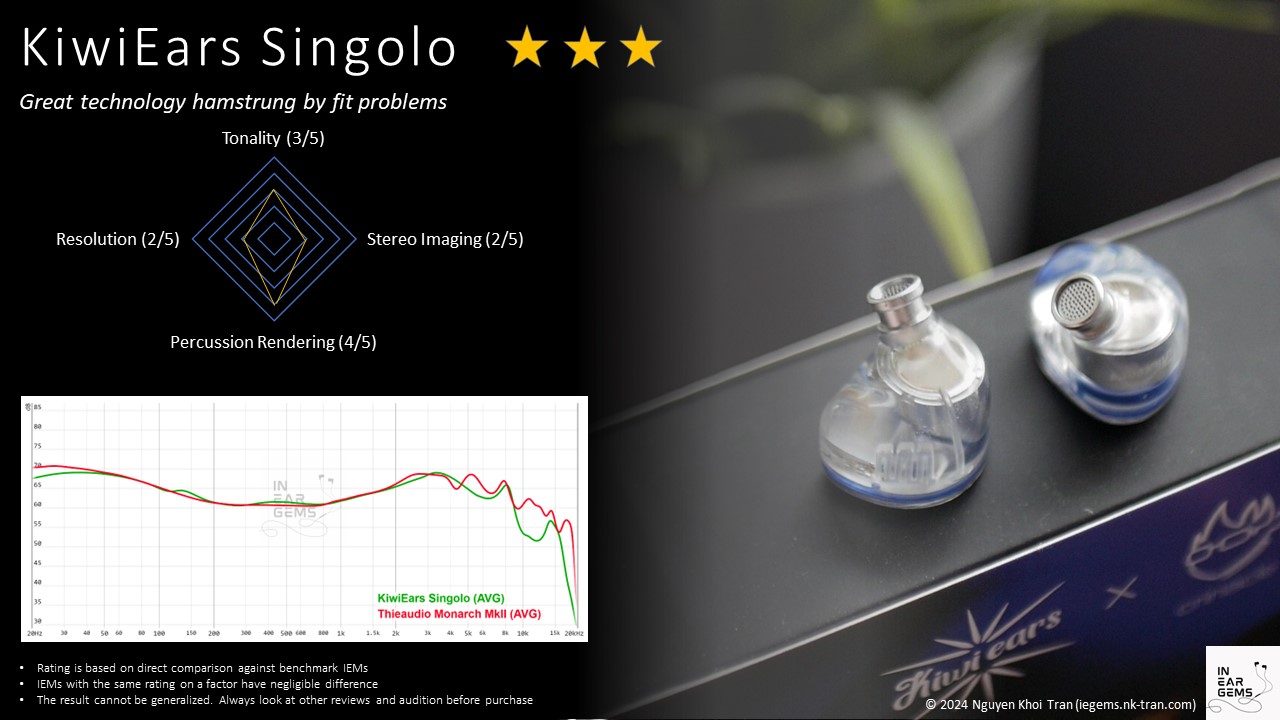KiwiEars Singolo - Great technology hamstrung by fit problems
It is very likely that your experience with this IEM would be very different from mine.
The most tricky thing about reading and writing reviews of IEMs is that they are personal audio devices. The “personal” aspect here goes beyond one’s preference for a a particular musical genres, a band, or a singer. No. It’s the shape of one’s ears, the place where they listen to music, the device from which they get the audio signal, and even the loudness at which they listen that paints a very different sonic picture for each listener.
That has been the case for every IEM, but these new IEMs from KiwiEars, the Singolo, are more challenging than most. It is a shame because behind the challenging fit lies an impressive skill in shaping the frequency response of a dynamic driver that is almost unseen until now.
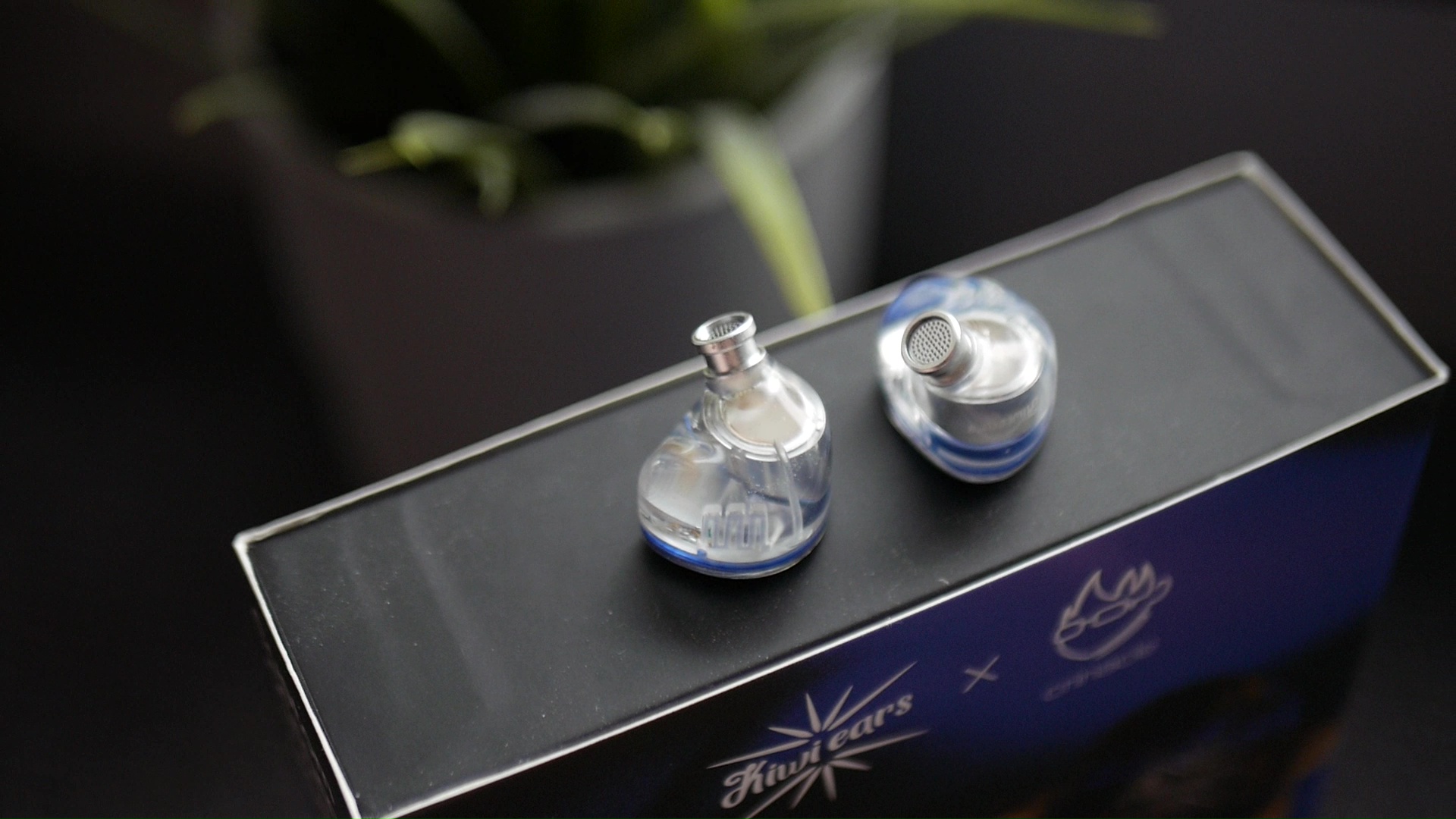
Forewords
- What I look for in an IEM is immersion. I want to feel the orchestra around my head, track individual instruments, and hear all of their textures and details. I’m not picky about tonality, as long as it is not make the orchestra, violin, cellos, and pianos sound wrong.
- I rate IEMs within with a consistent scale from 1 (Poor) to 3 (Good) to 5 (Outstanding). An overall ranking of 3/5 or above is considered positive.
- Ranking list and measurement database are on my IEM review blog.
- Terms used in my reviews are consistent with the glossary by Headphonesty
- This review is based on a review sample from Linsoul (Thank you!). I have no affiliation with or financial interest in Linsoul or KiwiEars.
- The unit retails for $79 at the time this review was published. Unaffiliated link: https://www.linsoul.com/products/kiwi-ears-x-crinacle-singolo
General Information
At the heart of Singolo is a single 11mm dynamic driver (DD) with a Liquid Crystal Polymer (LCP) diaphragm. You might have already heard LCP drivers in some Sony IEMs or the classic Moondrop Aria 2021. The diameter of the DD is slightly larger than usual, but other than that, its simply a decent DD. The way KiwiEars tunes this driver is where things get interested.
Looking closely at the transparent shells of Singolo, you would see an 3D-printed sound tube connected to the back vent of the DD. This tube folds upon itself multiple times before connecting to a small vent hole on the IEM shell. KiwiEars calls this system “Kiwi Acoustic Resonance System” (KARS).
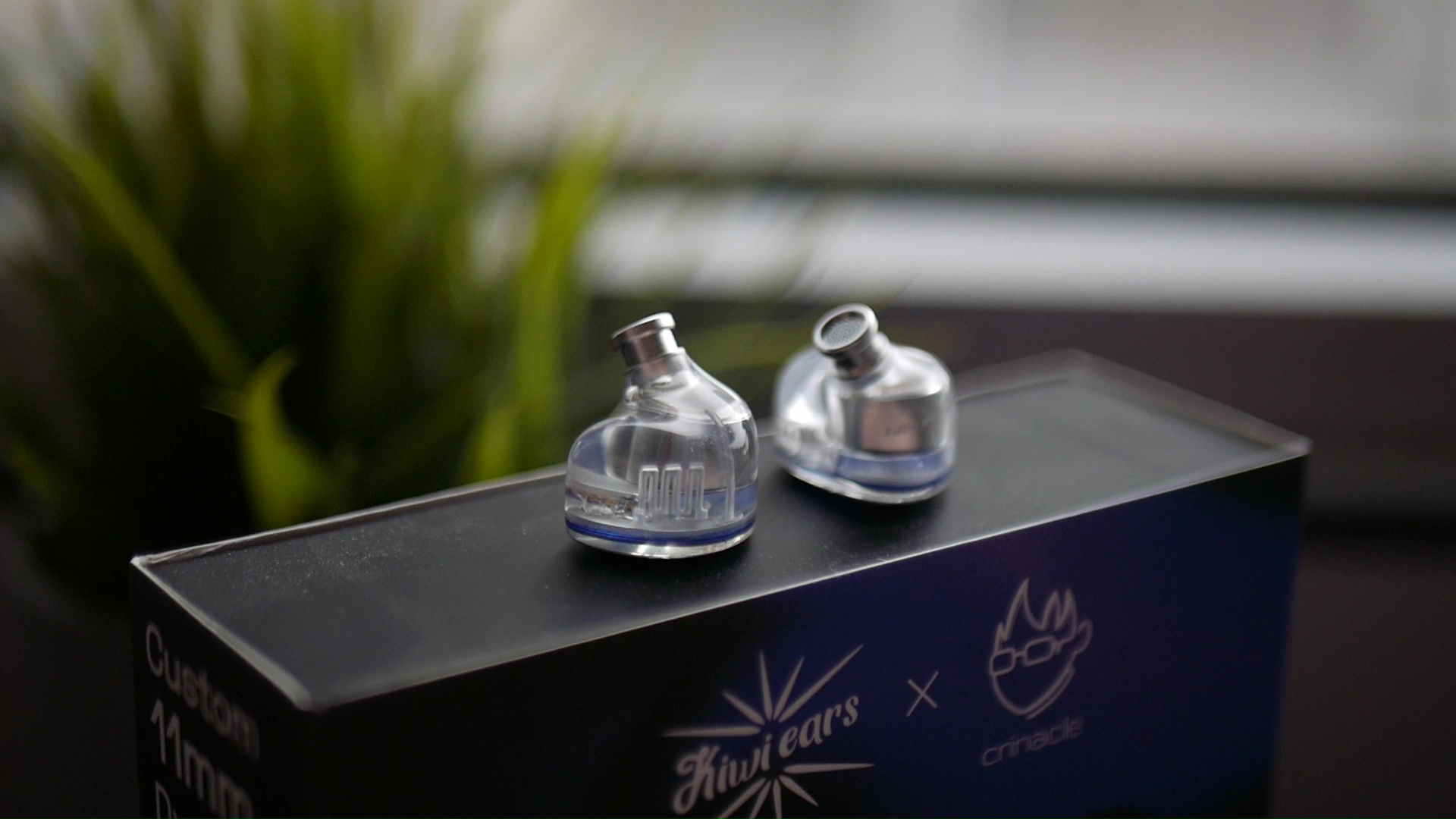
You might ask: “what’s the big deal?”
I’m glad you asked. Let me geek out a bit. If you have ever dabbled in DIYing a pair of flathead earbuds or modding your IEMs, you would have undoubtedly engaged in tuning DD to reach an agreeable frequency response. The thing about DD is that there is not much you can do (or at least I can do) to force it to conform to a target, besides applying a parametric EQ profile. Here are some ways you can tune a DD:
- Change the driver: each driver has its own characteristics and idiocrasies that you can take advantage. Ideally, you would want a driver to be as close to your ideal sound as possible as the starting point.
- Change the shells: unlike balanced armature (BA) drivers, DD relies a lot on the shape of the shells, particularly the acoustic chamber that holds the driver. For example, in the flathead earbuds world, one of the trick is drilling a hole at the back of the shells to create a bass tube at the back of the driver (are you seeing that KiwiEars KARS resemblance?)
- Chock the back vent with filter: As you know, a DD generally has an opening at the front to release the sound and a vent hole at the back to release or balance the pressure behind the diaphragm. When the pressure is higher, the diaphragm is more “dampened.” One way to increase this pressure is to put a thicker filter to “choke” the driver. This trick makes it harder for the DD to vibrate, which can lead to “tighter” transient response.
- Chock or open the front vent next to the nozzle: this prevents the excess pressure from escaping, significantly increase the midbass and lower mid. Alternatively, you can increase the openess of the front vent to reduce the bass.
- Putting foams and filter in the nozzle: this might be the most familiar trick used by manufacturers. The idea here is to cut back the energy in the treble region. If you can change the inner diameter of the nozzles, you can change the shape of the upper midrange too. Again, for amateurs like myself, this activity is more trial and error than exact science.
Looking at these options, it’s obvious that KiwiEars has applied the first option by choosing a particular LCP driver for this project. The KARS system simultaneously implements all of the remaining options to shape the frequency response of Singolo. Here, instead of using a filter, KiwiEars use the air volume inside the KARS tube to dampen the back vent. In conjunction with another tube at the front of the DD to release excess energy coming out of the DD, KiwiEars can precisely fine-tune the response of the DD without relying on any foam or nylon filter, thus preserving the integrity of the transients.

Another purpose of the KARS tube is acting as a Helmholtzs resonator. As you can see, when the diaphram inside the DD vibrates, it would vibrate the air volume inside KARS tube. When it vibrates, it can make sound (think of the time when you blow air across the opening of a bottle). By carefully control the parameters of this resonator, KiwiEars can push the resonance frequency of the system down to the subbass region. Another IEM utilising this technique was AFUL Magic One.
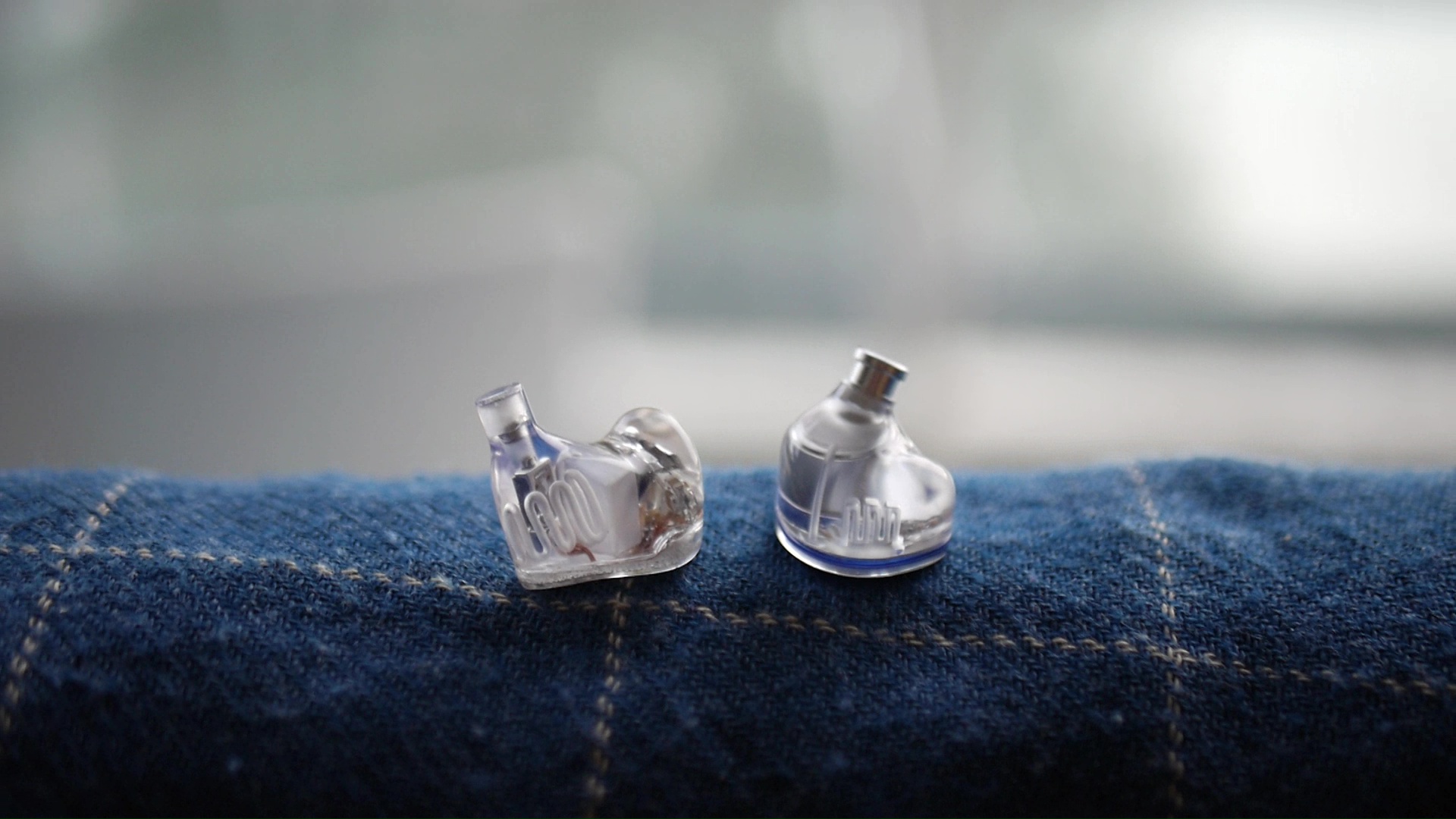
In summary, by careful manipulation of the KARS tube, KiwiEars managed to create a single DD IEM that is tuned almost identically to “well-tuned” multi-driver IEMs, such as Monarch MkII from subbass up to around 6kHz. And they did it without any electronic crossover, any foam or nylon filter.
To me, this is quite a feat of engineering.
Non-sound Aspects
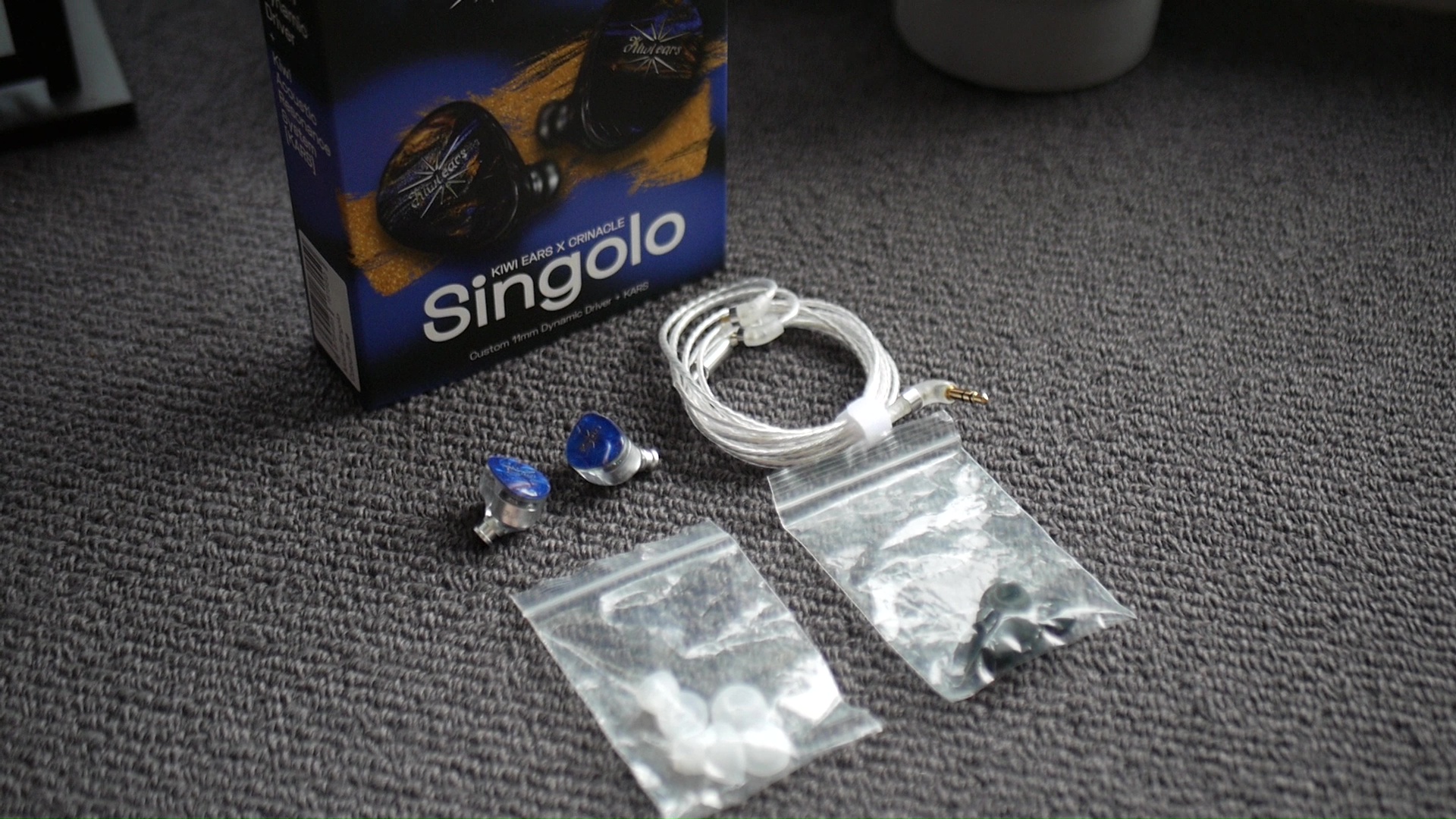
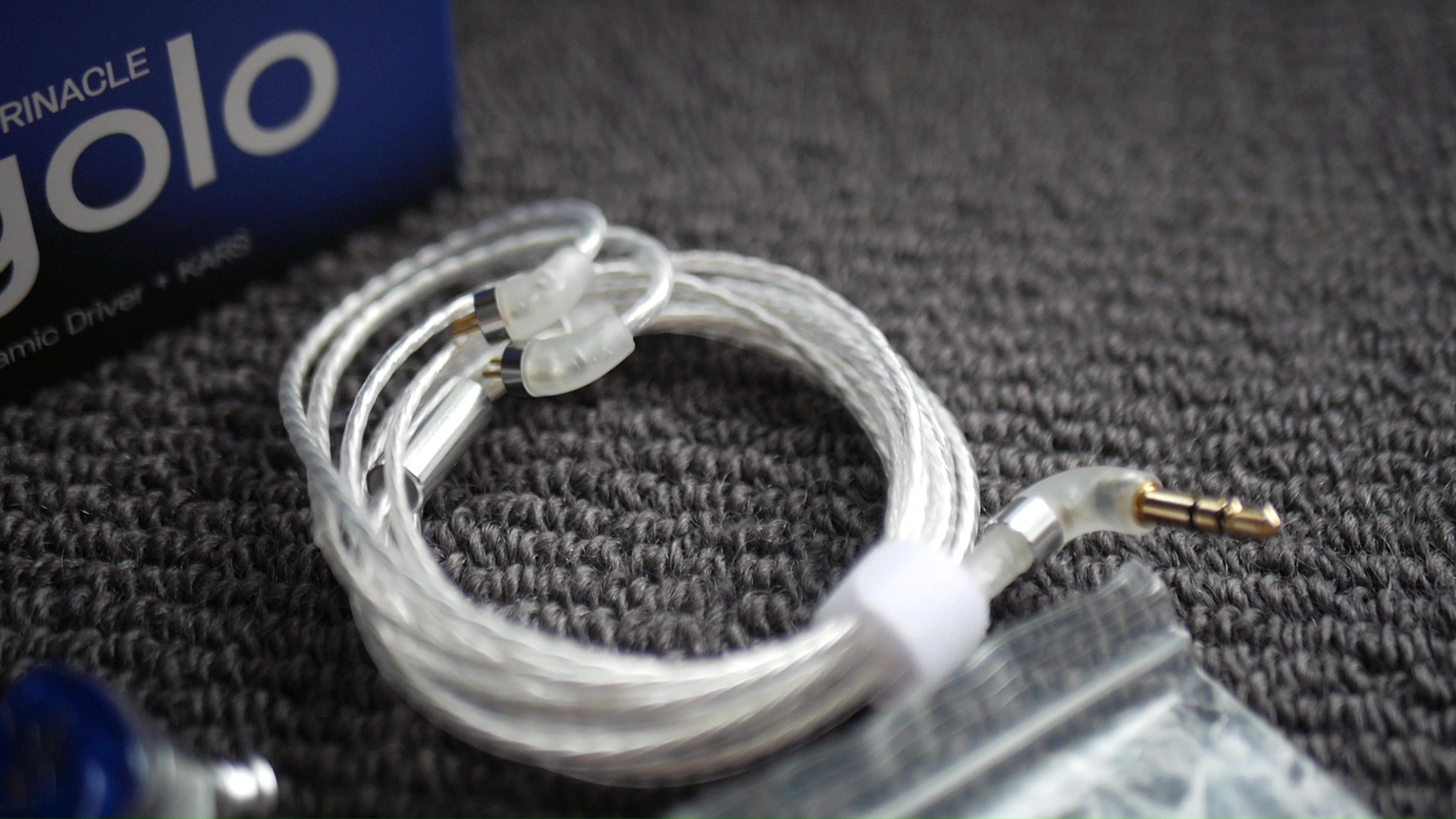
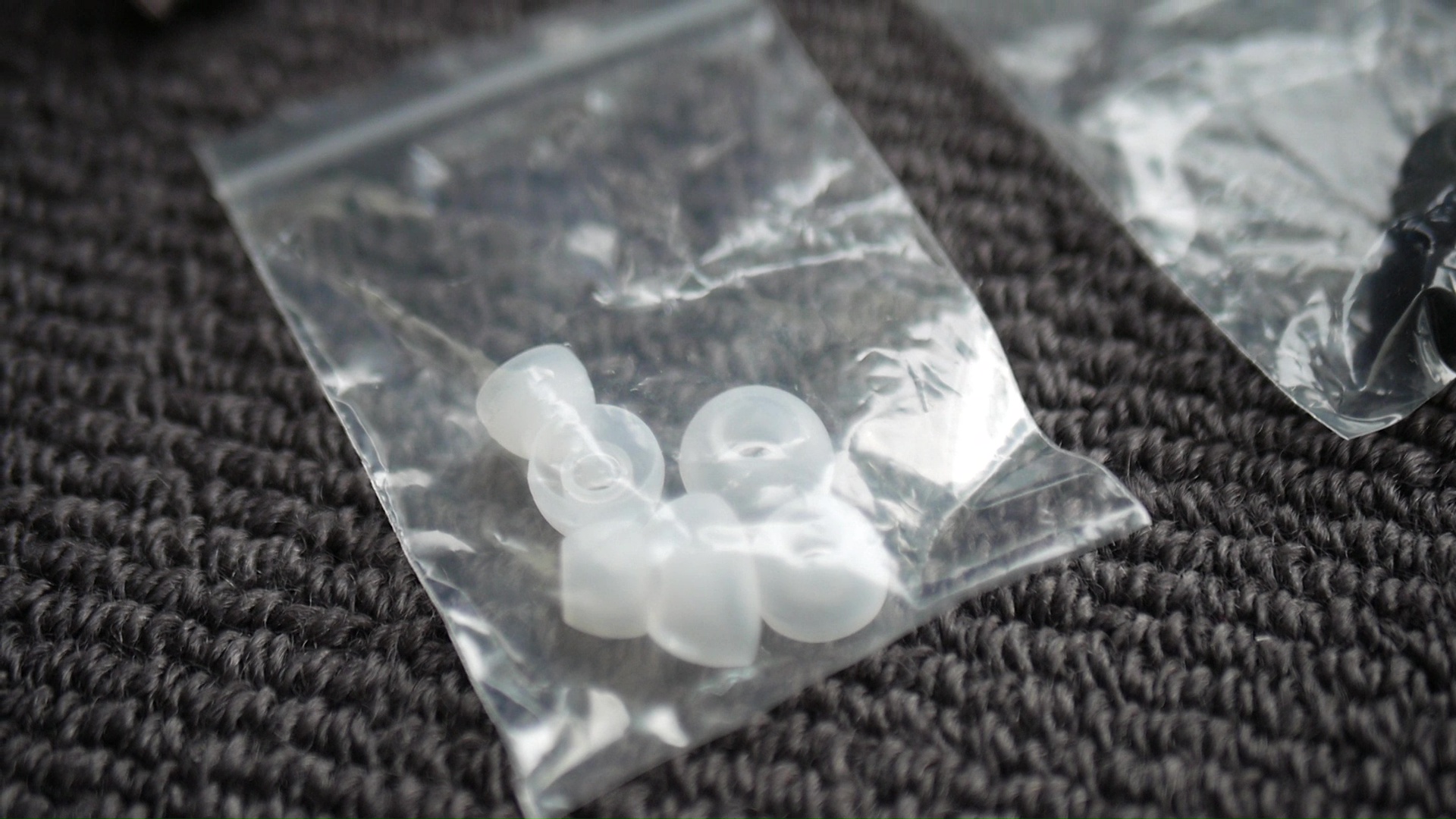
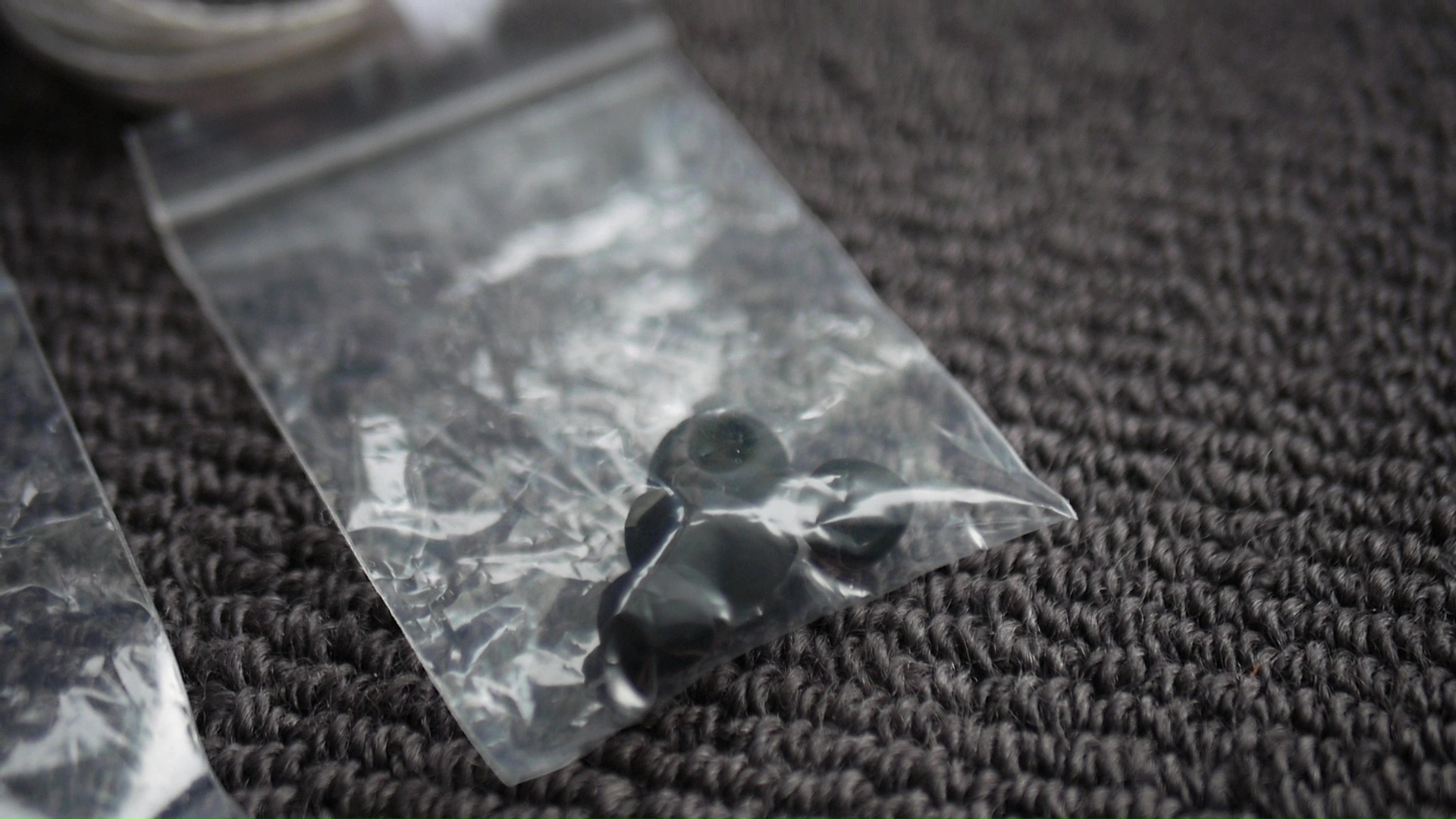
Packaging and accessories: Quite modest. In fact, I would say Singolo is downright below average on this aspect. Inside the small box, you have the earpieces themselves, a flimsy 3.5mm cable, and two sets of ear tips that likely wouldn’t work with your ears.
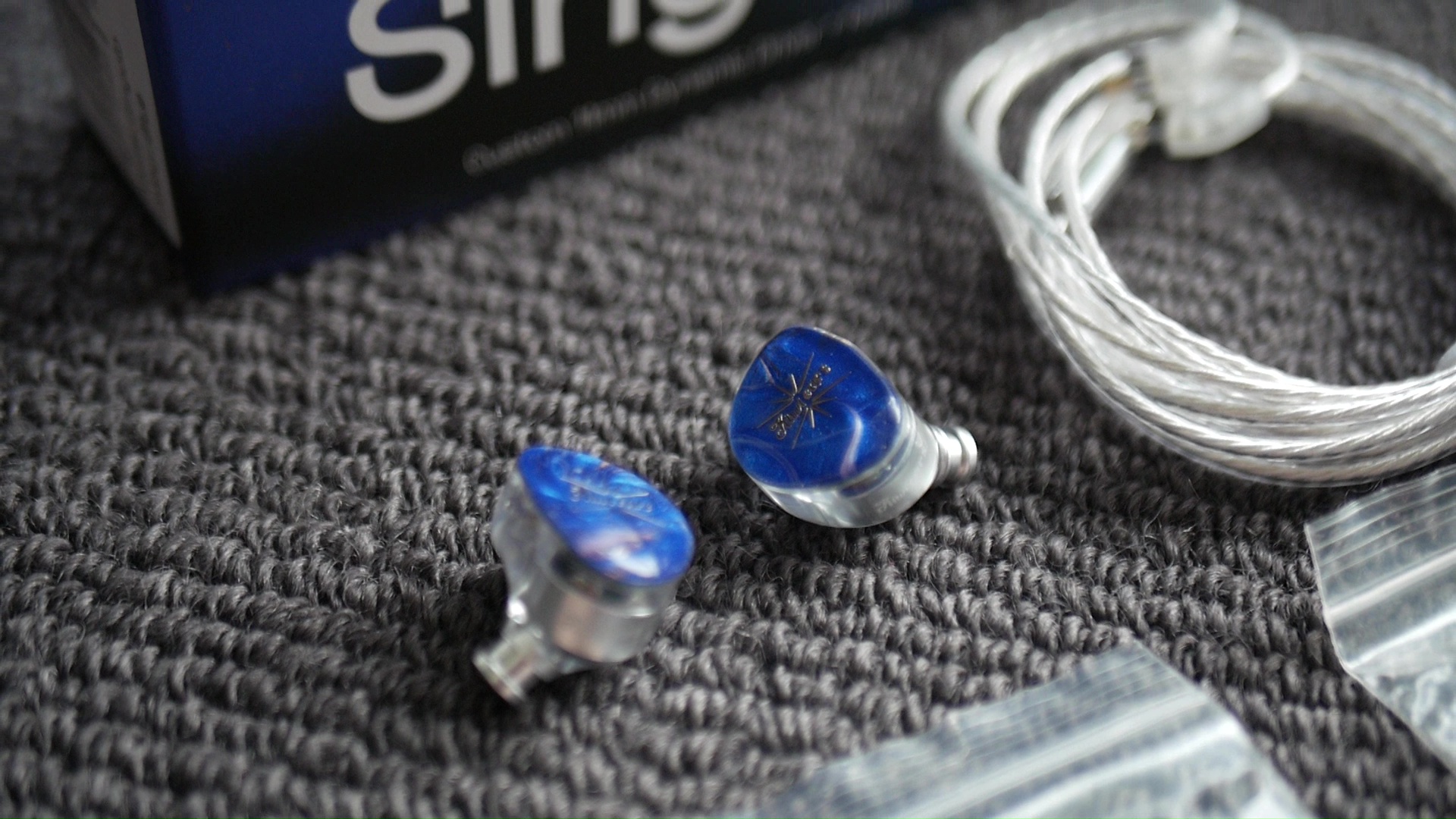
Ear pieces design: This is where all of the woes of Singolo come from, in my opinion. On the plus side, the earpieces are quite small and smooth, so they wouldn’t create any ear pain. On the negative side, the nozzles of Singolo are simply too short. Moreover, the bulk of the DD tend to force the nozzle to sit at a slightly awkward angle. As a result, short ear tips likely fail to seal because they don’t reach deep enough into the ear canals. Longer ear tips might not be able to seal either due to the angle of the nozzles. As you know, if you cannot get a seal, an IEM is not usable.
Ear tips recommendation: Let me describe how the lack of seal sound before we talk about some good ear tips. With the stock ear tips, I cannot consistently seal the ear canal, leading to a “no-bass” experience. With SpinFit CP100 and W1, the stickiness of the tips make it feels like I have achieved a decent seal, and it is true that I can hear some bass. However, there is a strange hollowness in the lower midrange, and the soundstage feels oddly wide but hollow. Moreover, the upper midrange can sound harsh with some tracks.
In the end, I settled for two options:
- Comply foam tips
- Divinus Velvet silicone tips
Driveability
Singolo is not hard to drive. Its impedance (32ohm) and sensitivity (108dB/mW) are neither too high or too low, putting it within the sweat spot of many portable DAC/amp devices. However, it does sound better with better DAC and more powerful amplifiers. Using Victory (Live) from the Live album by Two Steps from Hell as an example, I hear the following changes:
- Apple dongle: Singolo sounds acceptable but not particularly interesting or good. “Slightly mushy” would be the keyword that I use to describe the presentation across the frequency spectrum.
- HiBy R3II (4.4mm, high gain): The mushiness is mostly gone. I also start to hear some resemblance of depth and layering in the stereo imaging (i.e., separation between closer and further sounds in a mix).
- iBasso DX300 (4.4mm, medium gain): Singolo sounds quite good. The bass line is highlighted. Bass attacks feel sharper and more defined. Instruments are more spread out across the stage.
Subjective Experience
Testing setup:
- Sources: DX300
- Cable: NiceHck Black Cat 4.4mm
- Ear tips: Comply foam tips
Timbre, tonality, and tonal balance: Singolo embodies the almost cliche “well-tuned” signature with a distinct bass shelf, flat lower midrange and a slight tilt toward the upper midrange. However, it lacks the treble extension after around 8kHz. I sometimes joke that this IEM is a simulation of hearing lost that younger audiophiles would eventually have.
In practice, it means this IEM is unlikely to sound “wrong”, unless you haven’t been able to achieve a proper seal. The piano in Goldberg’s Variations by Lang Lang sounds balanced and realistic, making it relatively easy for me to follow individual voices. Tokyo Kosei Wind Orchestra sounds correct and natural, though lacks a certain “shine” that I expected due to the more subdued treble response of Singolo (no, silicone tips do not improve the situation here).
However, the timbre of the violin is a bit off, as if there is a bit imbalance towards the upper midrange and likely a bit too much energy around the 3kHz, when I listen to four seasons by Janine Jansen and ensemble. The same observation was found when I listen to Bomsori: Violin on Stage album. The situation was a little bit better with Bach: Sei Solo by Leonidas Kavakos. Still, if you pay a lot of attention of violin, this IEM is not an ideal option.
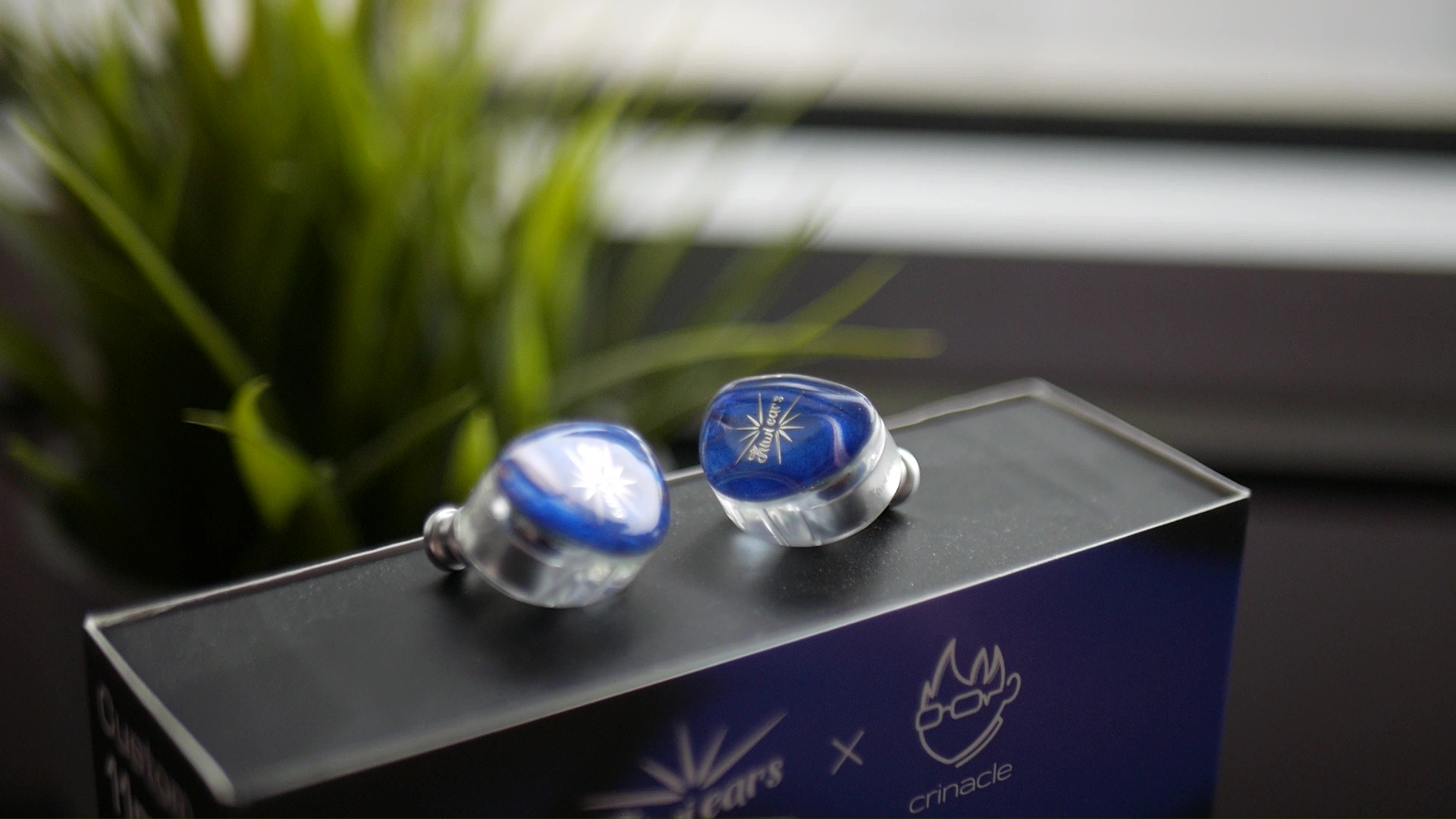
The theme of slightly unbalance midrange carries over to vocal musics. For example, when I listen to = album by Ed Sheeran, I miss a bit richness in his voice and find that the shoutiness of his voice was highlighted more than my preference. At the same time, there is a lack of “shine” of high-frequency energy. To put it bluntly, Singolo makes this album sounds a bit dull. On the plus side, it provides a very comfortable listening experience, almost free of sibilance even with harsh recordings in this album like “Shivers.”
In summary, I would consider the tonality of Singolo to be good (3/5).
Bass and perceived dynamic: The bass of Singolo is a highlight of its presentation. For instance, when I listen to Gundam Build Fighter OST by Yuki Hayashi, I can hear and feel positive and definite “thumps” from the bass line. Some tracks such as Iori Hobby Shop is downright entertaining with Singolo due to the physical sensation of the bass notes. My only complain is that the perceived dynamic of Singolo is not as impressive as bass response. Simply put, the transients (volume spikes) are not snappy and sharp, likely due to the more subdued treble response.
Still, I would say the bass of Singolo is pretty great (4/5).

Resolution: To me, “resolution” can be broken down into three components: (1) Sharpness, incisiveness, or “definition” of note attacks (see the figure above). (2) The separation of instruments and vocals, especially when they overlap on the soundstage. (3) The texture and details in the decay side of the notes. The first two give music clarity and make it easy to track individual elements of a mix. The last provides music details and nuances.
To be honest, I’m a bit disappointed by the resolution of Singolo. Whilst the zero dampening design does a decent job at preserving the micro details at the decay end of the notes, the perceived resolution was held back by the weaker performance of both the definition of note attacks and separation of instruments and vocals. In direct comparison against the Moondrop Aria, I was disappointed to find that not much progress has been made on the resolution front.
At the end of the day, the resolution of Singolo is acceptable (2/5), but uninspiring.

Stereo imaging and soundstage: Stereo imaging or “soundstage” is a psychoacoustic illusion that different recording elements appear at various locations inside and around your head. Your brain creates based on the cues in the recording, which are enhanced or diminushed by your IEMs, your DAC, and your amplifier. In rare cases, with some specific songs, some IEMs can trick you into thinking that the sound comes from the environment (a.k.a., “holographic”)
There are not much to say about the stereo imaging ability and soundstage shape of Singolo. The stereo image is not blurry but not particularly pin point. The soundstage is mostly in the head with more width (left-to-right separation) than depth (front-to-back separation) and height. Layering is not significant due to the weaker instrument separation. Even when boosted by the DX300, the stereo imaging and soundstage of Singolo is acceptable (2/5) but left me wanting more.
Multimedia usage: Given the uninspiring soundstage performance with music, I did not have much expectation for the performance of Singolo in FPS gaming. However, I was pleasantly surprised by how competent it is. In both CS Go and CS2, I can sense the direction and distance of the sound from all angle, even the front where most IEMs tend to sound flat and closed in. The muted treble response also reduce fatigue.
Frequency Response Analysis
Frequency response of Crimson against Helios and the Harman in-ear target. Measurements were done with an IEC-711-compliant coupler and might only be compared with other measurements from this same coupler. Above 8kHz, the measurement might not be correct. Visit my graph database for more comparisons.
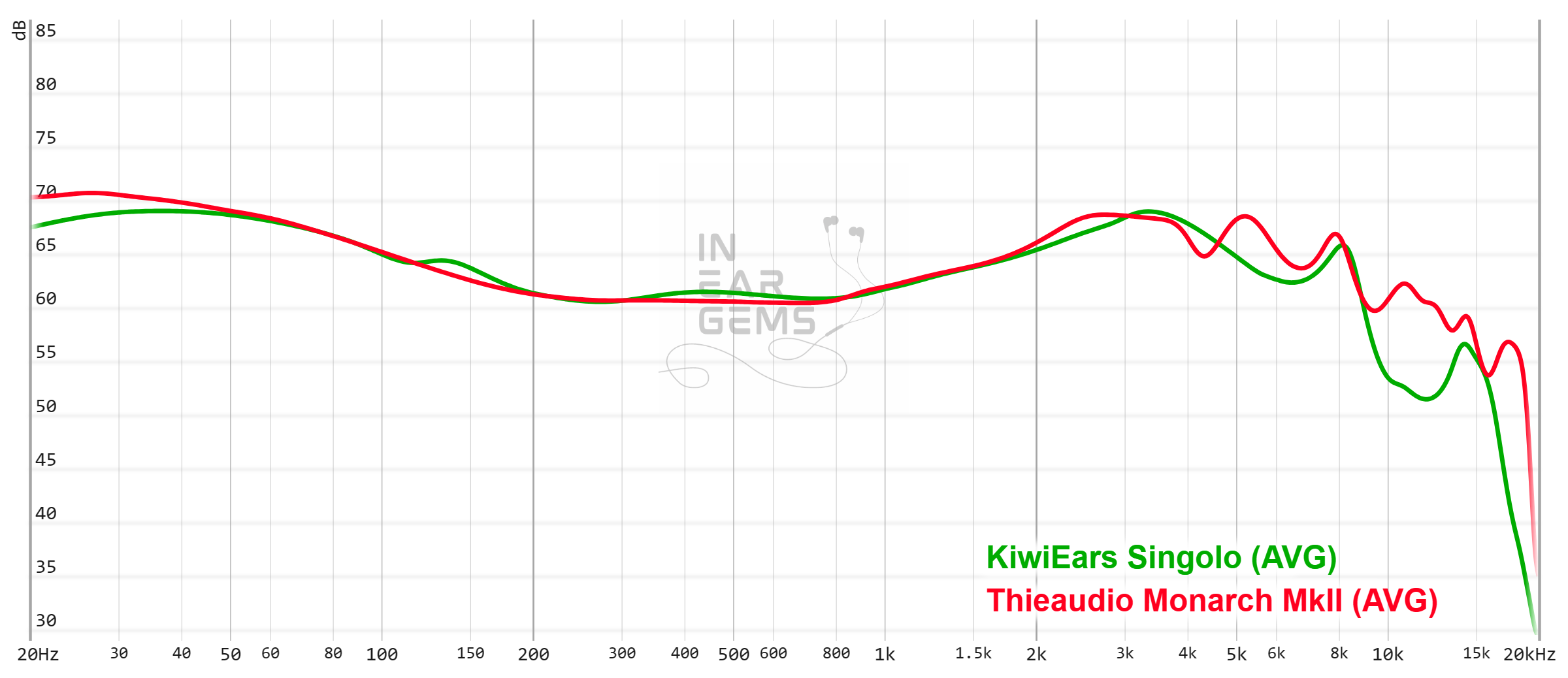
It is helpful to think of an IEM as a filter that highlights or subdues different parts of the incoming audio signal. This effect can be measured objectively by the squiggly lines above, called Frequency Response (FR) graphs, which measure how loud an IEM is at different frequencies from 20Hz (bass) to 20kHz (upper treble). Subjectivity is how your ears and brain interpret the effect of that filter on your music and decide whether it is “enjoyable.” There are some “rules of thumb” when it comes to tonality, but most interesting IEMs usually bend the rules masterfully.
Usually, I would have elaborated analysis and discussion. However, I think the graph speaks for itself in this case.
Conclusions
I’m conflicted about the Singolo. On the one hand, it demonstrates a fascinating level of technical expertise that is objectively verifiable. On the other hand, beside the great bass response, the actual sonic performance does not reach beyond the “acceptable” level established by the old guards like the Moondrop Aria. And then, we have the fit problem mentioned by many users. Whilst I’m very enthusiastic about the technology and technique presented here, I cannot recommend Singolo in 2024 unless you are would like to support the company and the tuner.
What I like about this IEM:
- Bass
- Technology
What could be improved:
- Fit
- Lack of treble energy
Absolute Sonic Quality Rating: 3/5 - Acceptable
Bias Score: 3/5 - I’m lukewarm about this IEM
